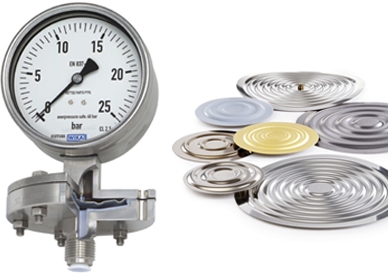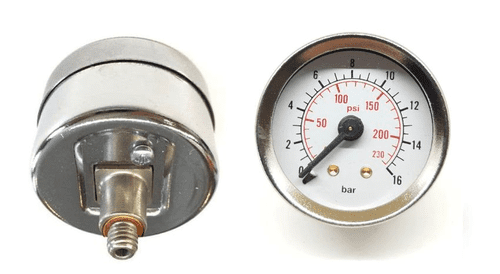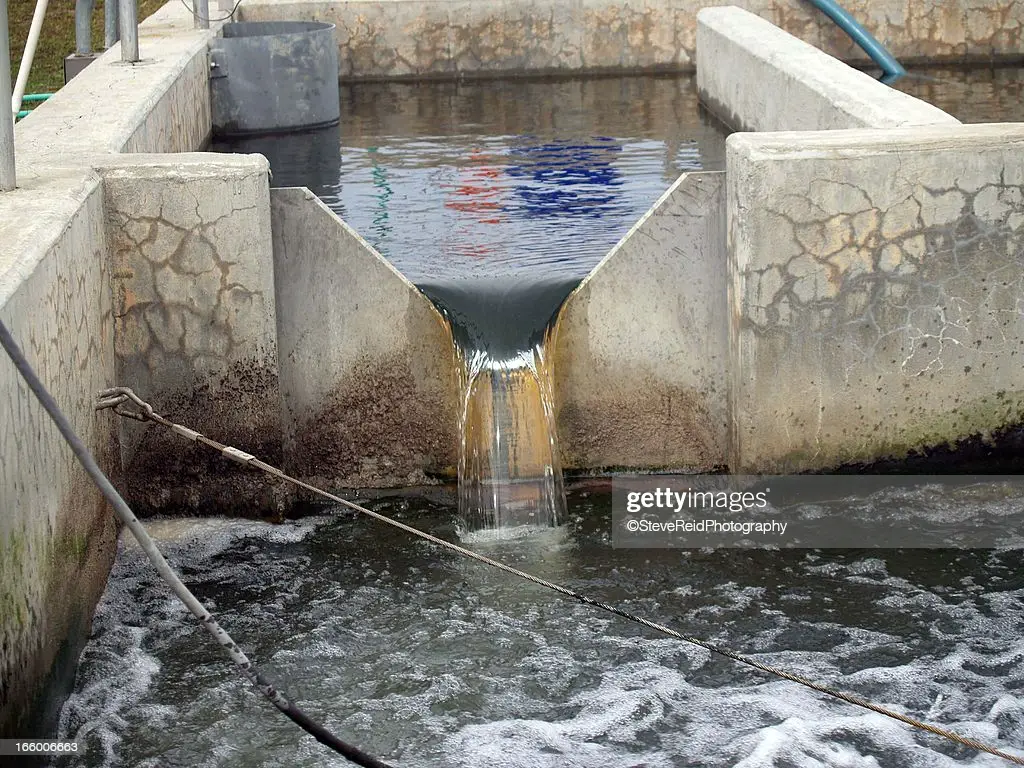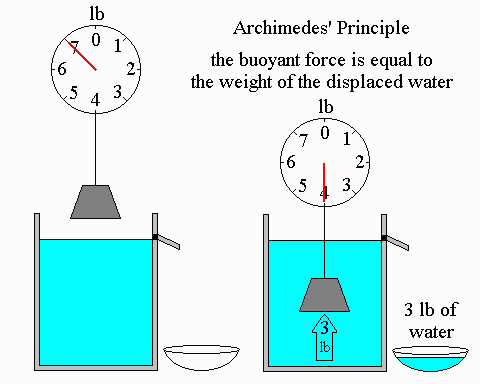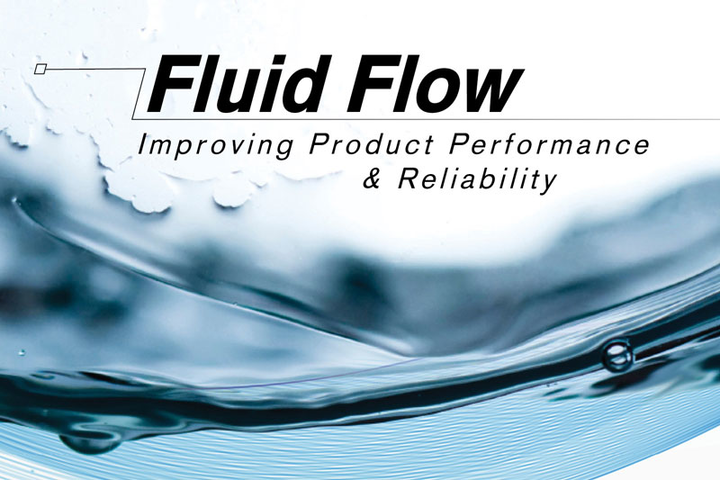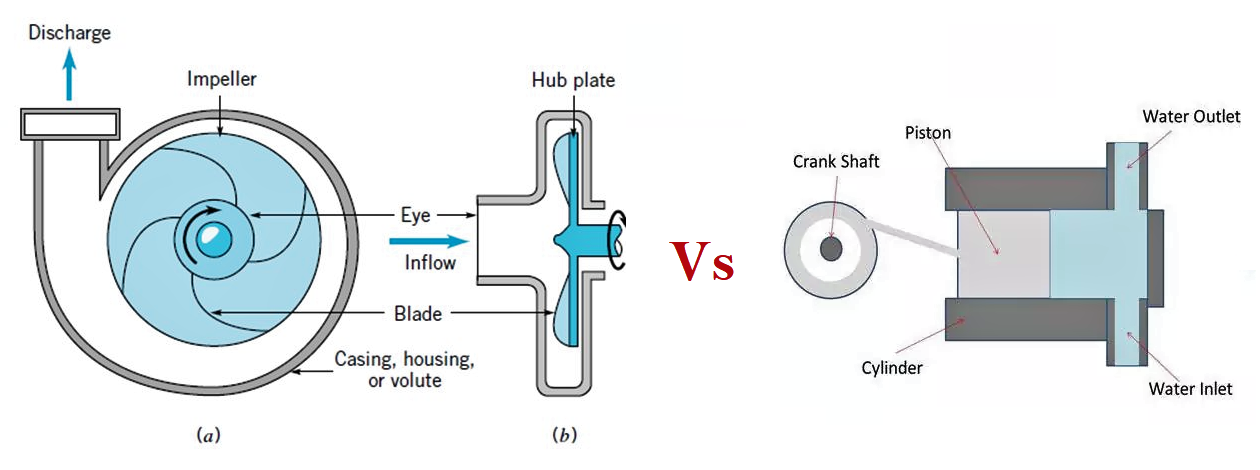Tag: fluid mechanics

How much brake fluid do my car need?
by
in AutomobileModern vehicles rely on hydraulic braking, which needs brake fluid for lubrication and optimal operation. This fluid eventually needs to be drained so that more fluid can be added. So the question is How much brake fluid do I need? Well, read on to know. Your car’s brake fluid is crucial in maintaining the performance…

DOT 3 vs. DOT 4 brake fluid: what are the differences?
by
in AutomobileAll vehicles, whether you are driving a car, truck, or motorcycle, have brake fluid. DOT 3 and DOT 4 are types of brake fluid used in vehicles. Despite the fact that both fluids are glycol-based, they differ in a number of ways that make them suitable for use in a variety of vehicles and driving…

How to change brake fluid in 8 simple steps
by
in AutomobileBrake fluid is one of your car’s braking system’s most crucial components. This part of the braking system shouldn’t be disregarded because it allows force to be applied to the brakes when you depress the brake pedal, enabling your car to slow down and stop. Furthermore, brake fluids protect against corrosion, withstand high brake temperatures,…

Understanding Refrigeration
by
in TechnologyAir conditioning is the process of treating the air to control its temperature, moisture content, cleanliness, odor, and circulation as needed by the occupants of a place, a process, or products all at the same time. Refrigeration and air conditioning system have a long history that dates back to the human need for sustenance and…

Different types of refrigeration systems
The process of obtaining and maintaining a temperature below ambient with the goal of cooling a product or area to the required temperature is referred to as refrigeration. Artificial cooling is another term for it. Refrigeration, in general, is the system of cooling, and it entails removing heat and disposing of it at a higher…

Understanding notches and weirs
by
In fluid mechanics, notch and weir is an important topic that cannot be overlooked. These devices are used to regulate the flow of fluid of different sizes and different methods. Notches and weirs are classified based on some considerations which result in different types. Today you’ll get to know the definition, applications, function, components, diagram,…

Understanding buoyancy
by
Have you ever experienced you feeling lighter when swimming in the pool or a bucket feels lighter when drawing water from a well? If you do, buoyancy occurs during those events. In buoyancy, when immersed in water or any source of fluid, a body experiences a force from the downward direction opposite to the direction…

Understanding Archimedes principle
by
Archimedes discovered the buoyancy principle, which is used in various applications including ships. It allows them to float when the weight of the water displaces equals the weight of the ship. Anything shaped to displace its own weight of water before it reaches the point where it will submerge will surely float. Today you’ll get…





